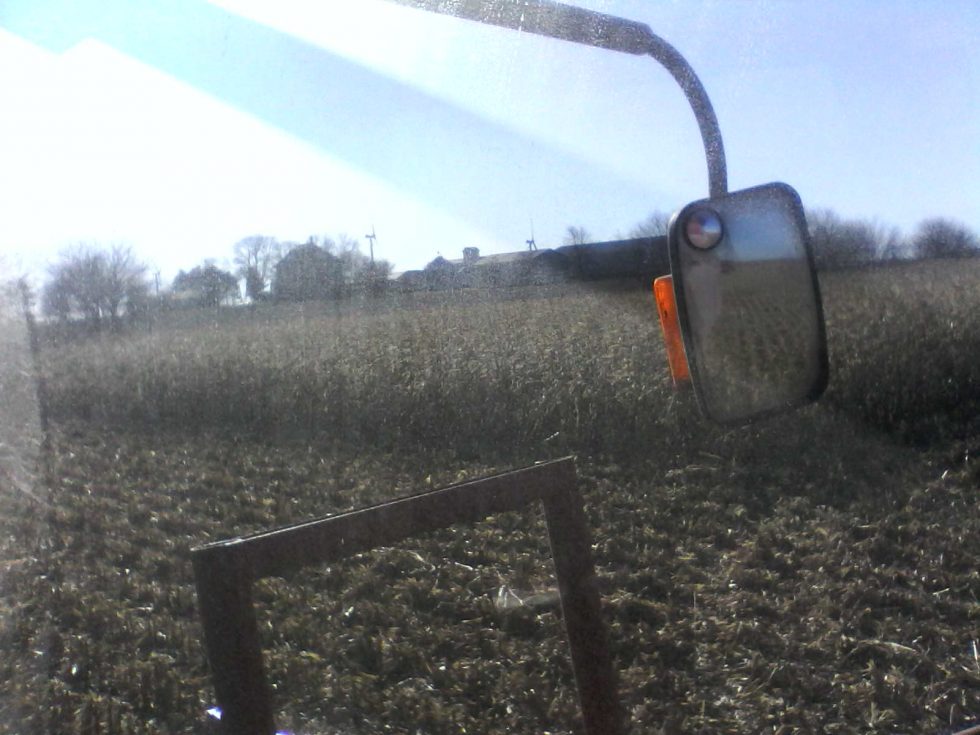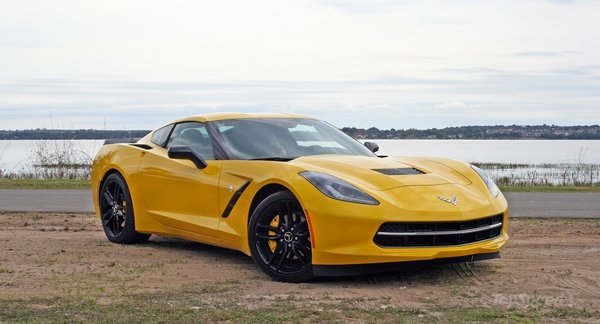Most of you reading this probably read the title and immediately thought about golf or some other sport. Like most first impressions, nothing could be further from the truth. A “round” in farming terms is a complete back and forth round trip across a field with some kind of implement or machinery. This missive is about the annual event, those final few rounds of the final field.
There comes a time with every harvest when you see a sight much like the featured image of this post. Those final few rounds of that final field. Oh, true. You see those final few rounds in every field, but they are not the same final few rounds. Most years, when you harvest the final tank of soybeans, the relief you feel is fleeting because you know you must immediately start changing over for corn. At least you do if things are progressing in the correct order. The order gets inverted by weather some years.
A smart, or at least driven farmer, always plants in such a way that the last field of each crop type is always near your house. Preferably one you can see from the kitchen window and is along a well traveled road. This way, when you get up each morning you look straight out at it and know everyone driving by can tell you’re not done. Thus it becomes the incentive to eat light and charge out into the day. The weather will never hold and others may well be done before you.
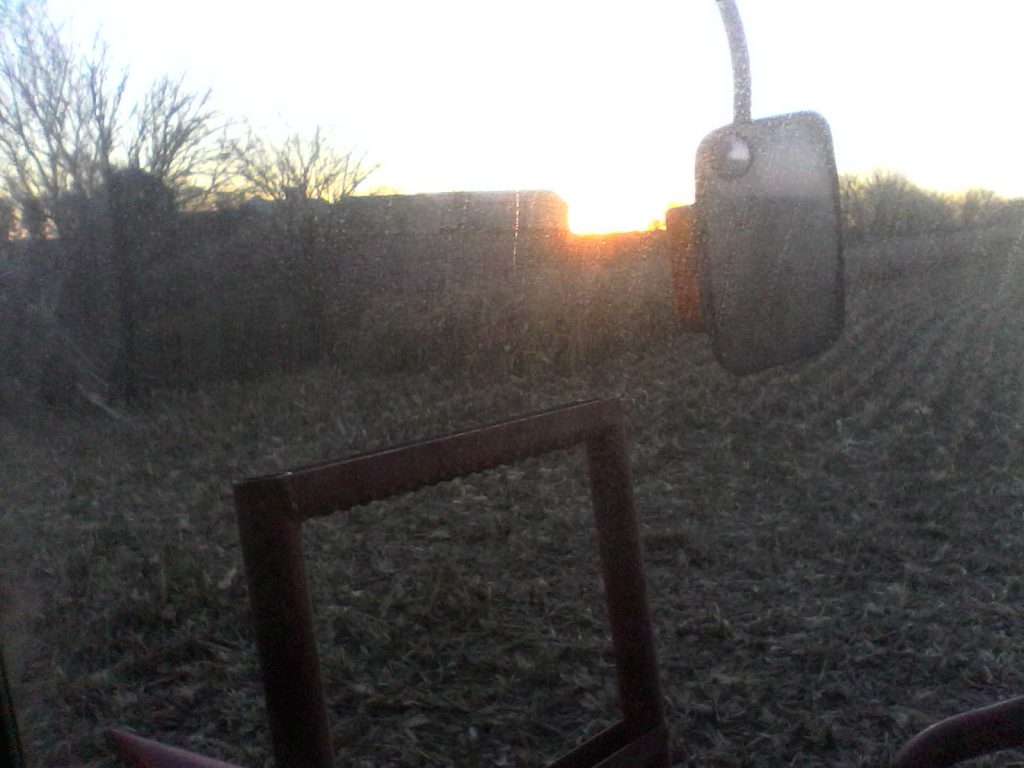
It doesn’t seem to matter how well you clean the combine windows at the start of each day. Within a matter of minutes they are covered in dust and chaff making them seem like you never clean them. Still, you clean them so the first pass of the day can be easy on the eyes and to make that brief time on the road a bit safer. When you get to the last round of the last field as the sun is setting you see a beautiful sight.
City dwellers will never understand the joy and beauty captured in the image above. The relief felt knowing when you get to the other end of this last pass, it is over for another winter. All of the break downs and troubles caused by bad weather are a thing of the past. Sure, you still have some fall tillage to do, but that pales in importance to getting the crop in and feeding the world for one more year. They don’t understand because they haven’t spent the past few weeks/months staring down at this.
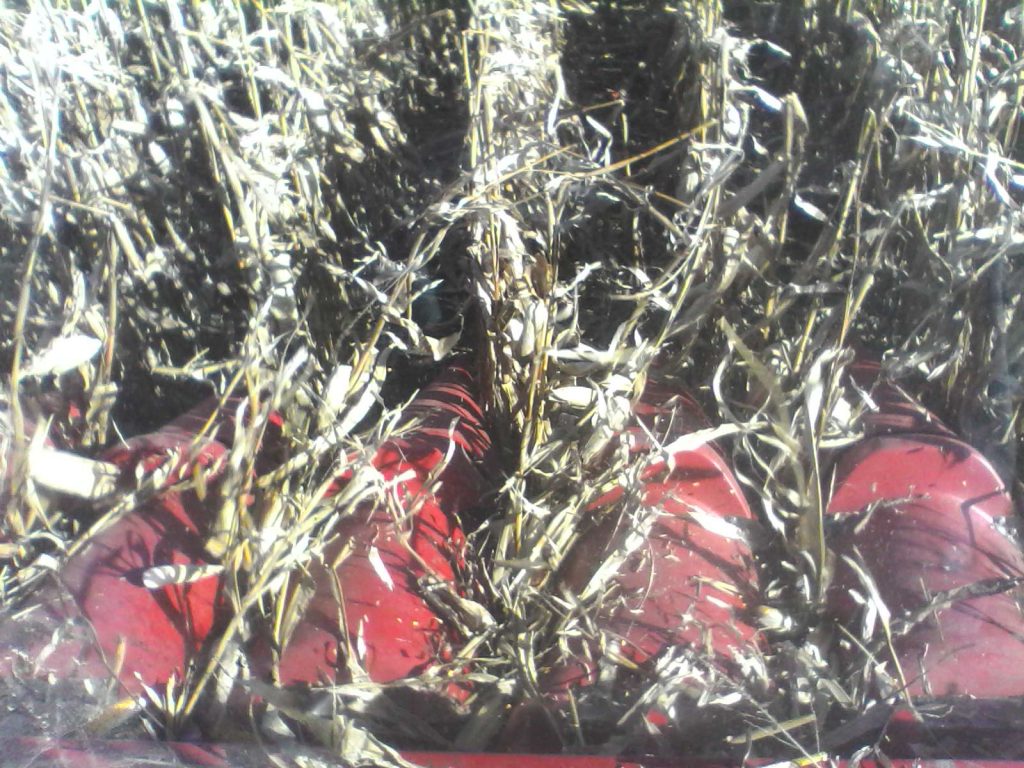
From before sunrise until after sunset you drive and watch the rows feed in making sure the snouts aren’t too low and nothing is going wrong. Adjusting the gap in the stripper plates for those narrow stalks found where water stood and then widening them for the healthy stalks found in other parts of the field.
Yes, we have a button in the cab we do this with now. During the days of my youth you adjusted each row with wrench and socket before you started for the day and that left quite a bit of crop in the field. Many farmers also had cattle then and each field was fenced off. You see, back then you could let the cattle find and eat it, pick it all up by hand or cut it out of the soybeans which followed next in the crop rotation.
 Yes, I do mean cut it out. You walked each row carrying something like the weed hook shown above cutting out the volunteer corn and other weeds. It was the only form of weed control we had back then and kids had to endure the bugs, heat and sunburns. Few insects are as vicious as deer flies when walking soybeans. Heat never seemed to bother them. Mosquitoes would only be around during the cool of the morning or early evening, but the deer flies seemed to be waiting for you by the kitchen window.
Yes, I do mean cut it out. You walked each row carrying something like the weed hook shown above cutting out the volunteer corn and other weeds. It was the only form of weed control we had back then and kids had to endure the bugs, heat and sunburns. Few insects are as vicious as deer flies when walking soybeans. Heat never seemed to bother them. Mosquitoes would only be around during the cool of the morning or early evening, but the deer flies seemed to be waiting for you by the kitchen window.
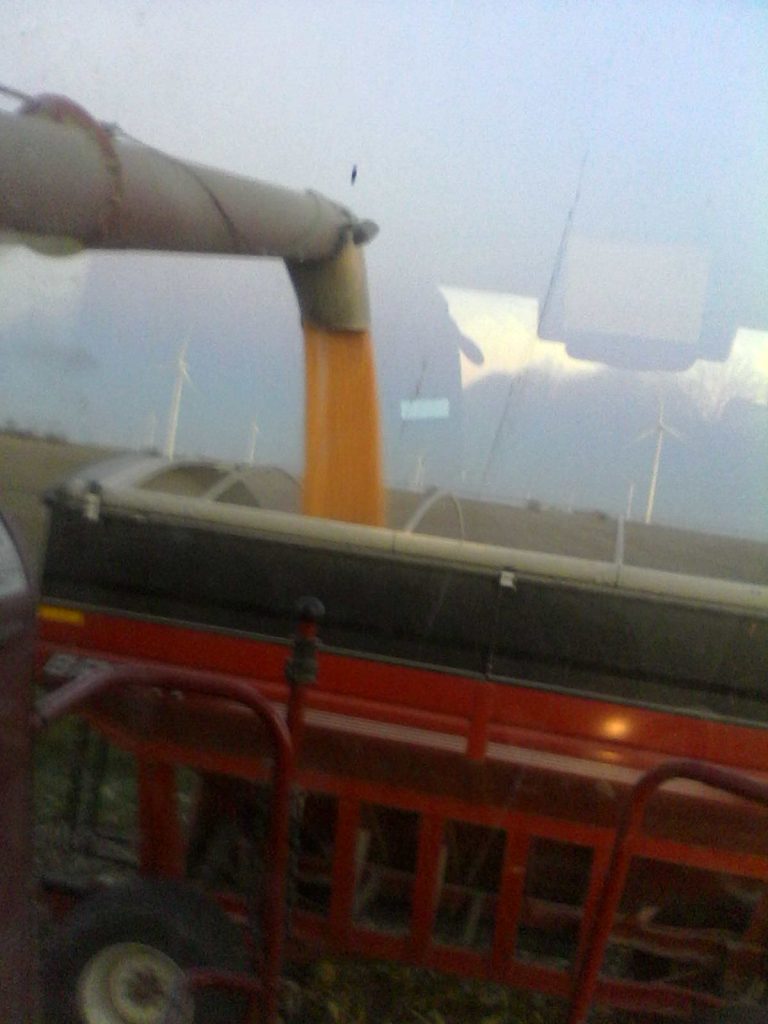
When you finish that last pass you get to see this for the last time during a crop year. Yes, you saw it a thousand times before during the year, but the last dump into the wagon is a joyful kind of sadness. You give thanks for having survived one more harvest and hopes that you will be here for yet another.
Family farms don’t have hired help or HR departments. Even the kids which move away pursuing other careers come back for harvest when they are needed. The only time the labor force changes is when new kids get old enough or parents pass on. For most of us, this is land which has been in the family for generations. Some family farms go back to before America even being a country. Nobody wants to be the generation which gave it up. Too many have as it is. Just look at the cities, suburbs and shopping malls. Most of them, especially in the Midwest, took over many fields to build what you now see.
To our loyal readers I wish a belated Happy Thanksgiving. Here’s hoping the winter treats you kindly and that you see yet another crop.

